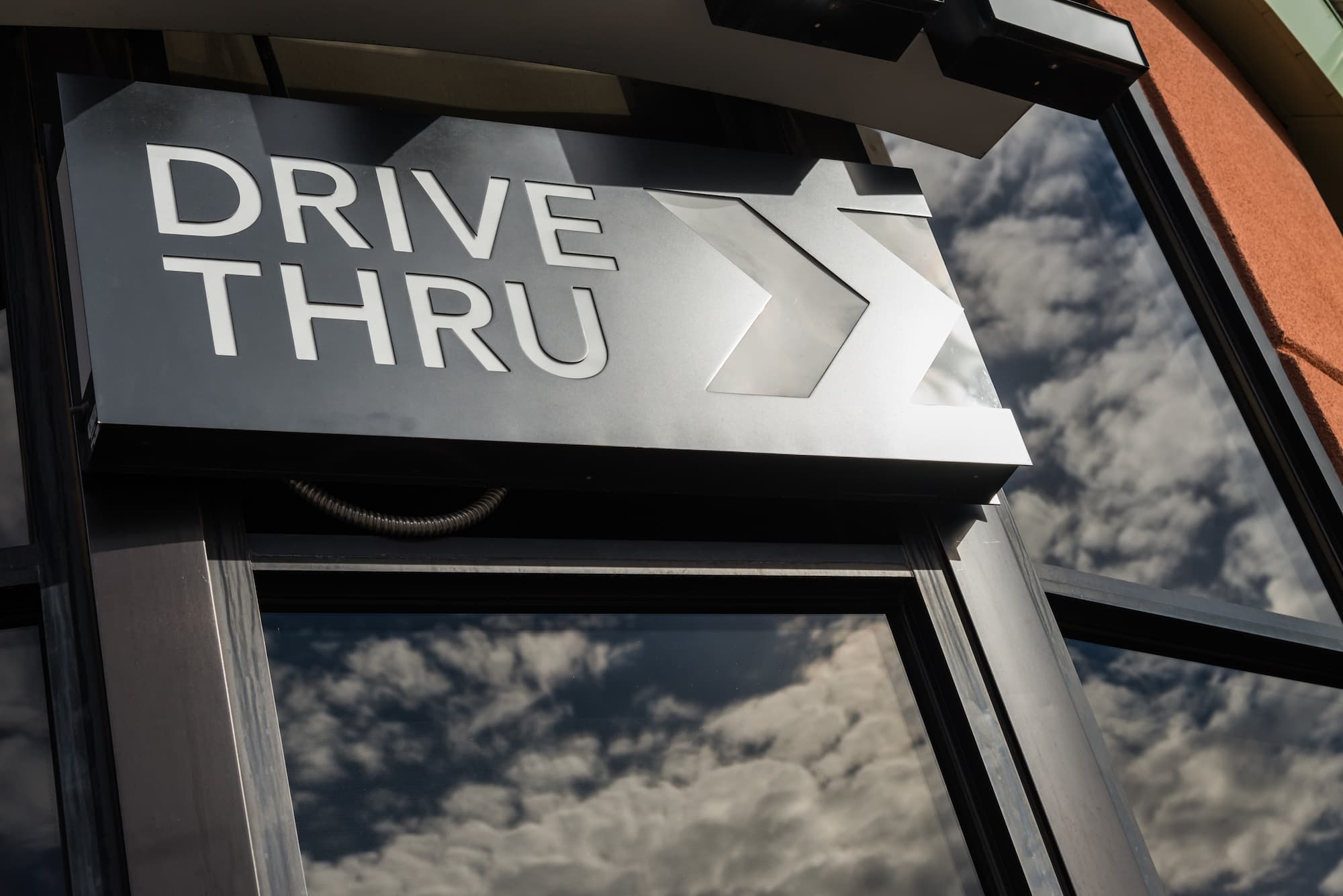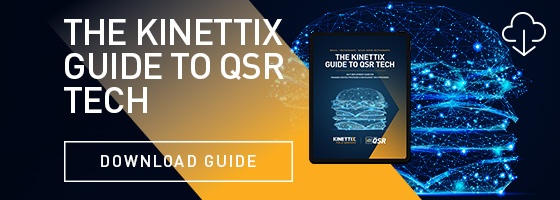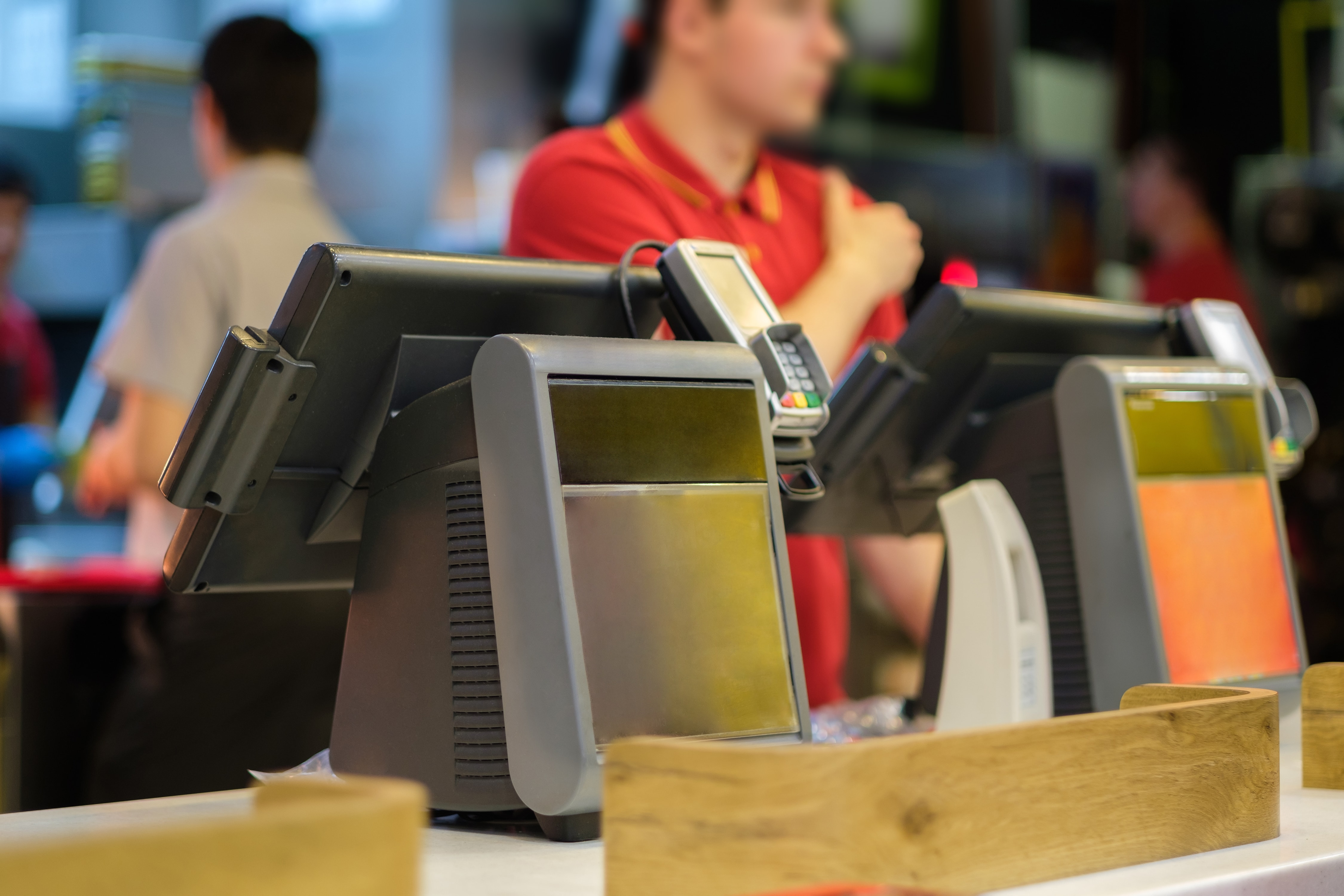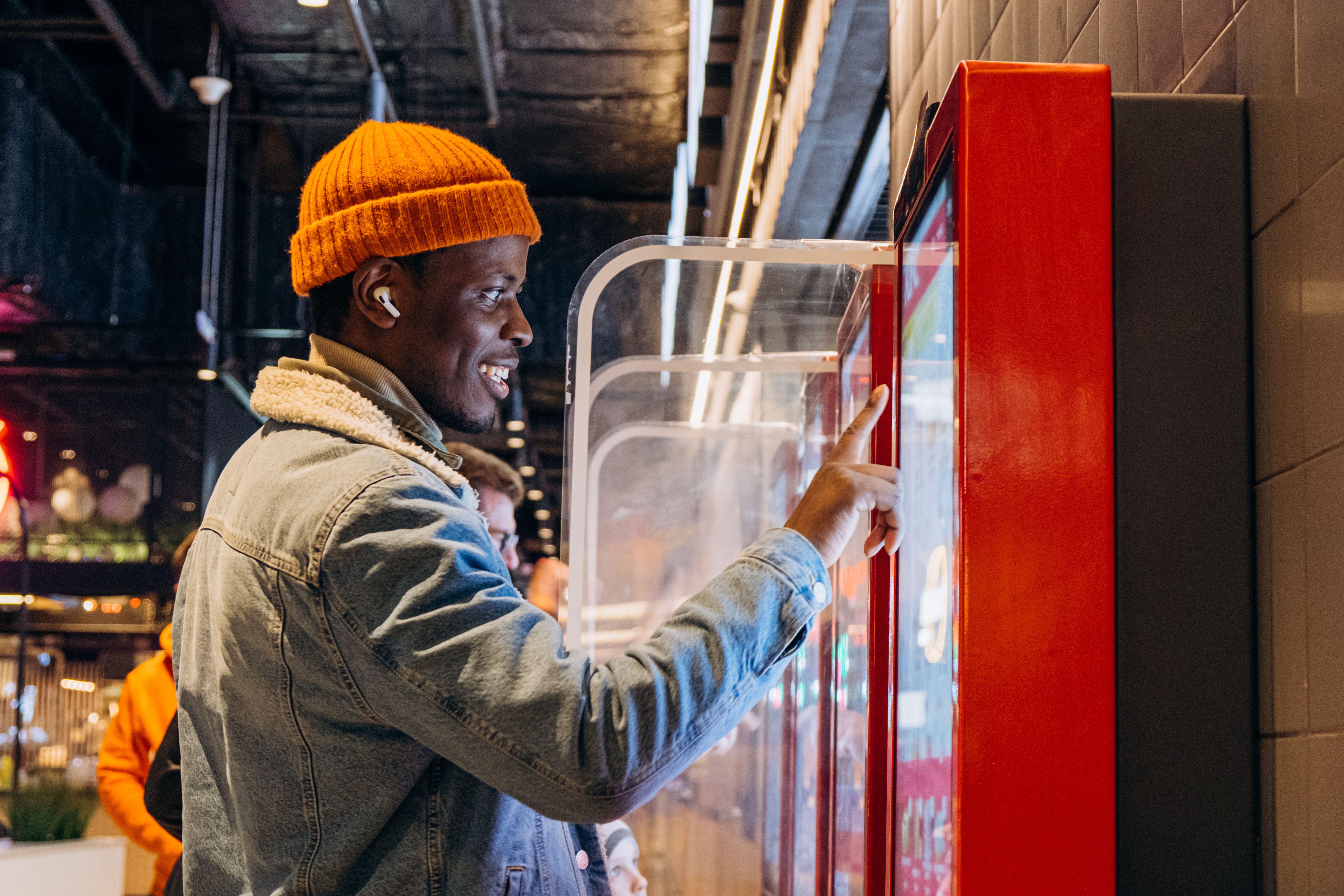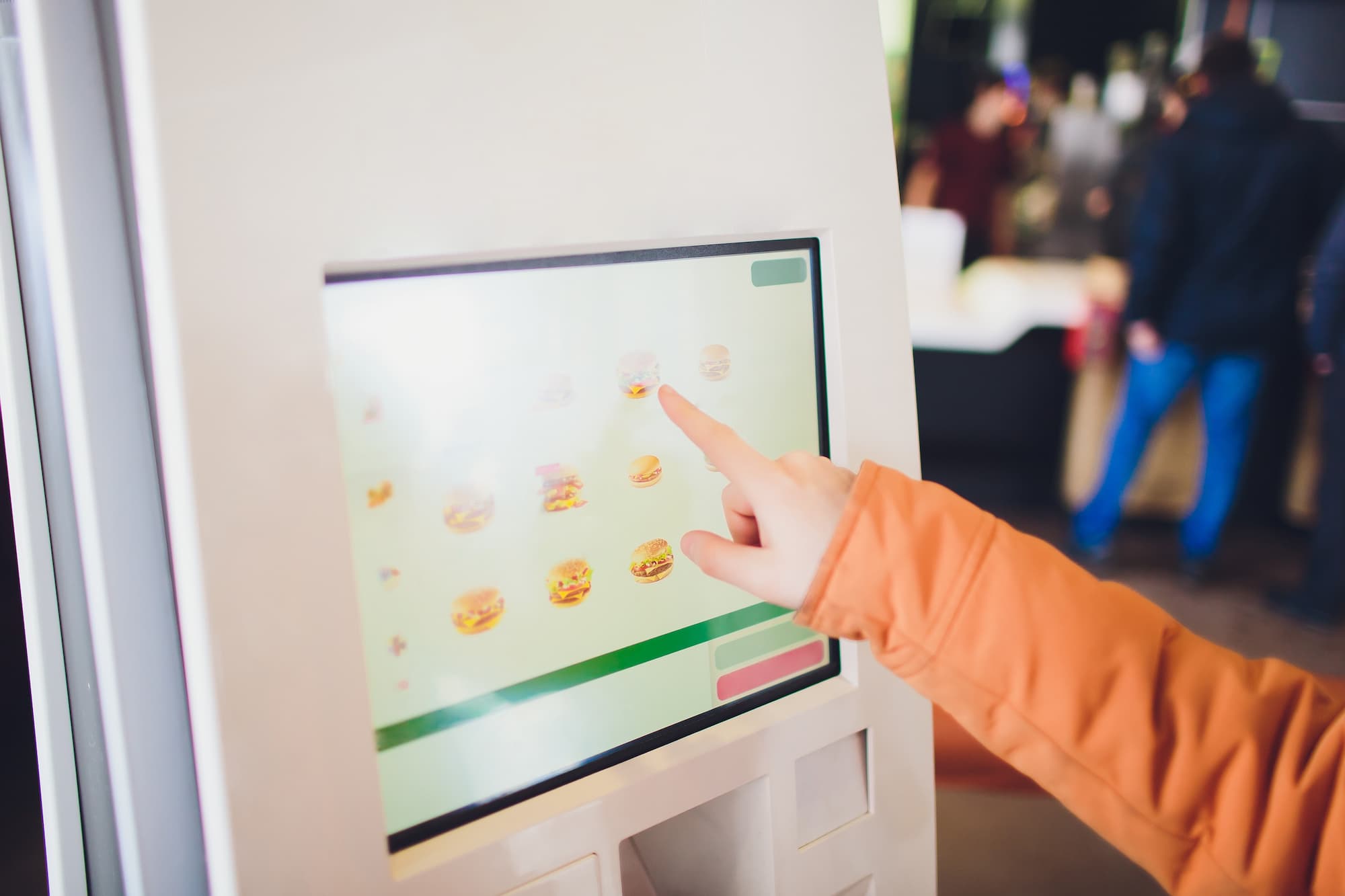Drive-thru technology has evolved tremendously over the past few years, largely due to the COVID-19 pandemic. According to Deloitte, the most popular restaurant ordering option in 2021 — the preference of more than a third of respondents (37%) — was the drive-thru. Today, usage remains high.
Some may argue that drive-thrus are the future of quick service restaurants (QSRs). So, what does that mean for this restaurant technology?
Recent Innovations in Drive-Thru Technology
The 2022 QSR® Drive-Thru Report found that the top two reasons guests choose to go through the drive-thru are convenience and speed of service. These preferences heavily influence drive-thru technology trends.
For starters, quick service restaurants are moving away from traditional analog menu boards and are instead installing advanced digital signage for their indoor and outdoor menu boards. These devices not only look more professional but also allow store managers to more efficiently update the displays whenever menu items change, as well as add simple promotions for new or best-selling items.
Smart signage is much more customizable and helps QSRs create more positive customer experiences. For example, they can provide customized and relevant content based on gender, age, ethnicity or some other demographics. Imagine being able to identify the type of car coming into the drive-thru and pres
ent menu options that typically fit that specific demographic. The ability to dynamically create an immersive digital experience for the end-user in real time is a game-changer.
Some QSRs have begun implementing dual drive-thrus, where customers drive up to one of two menu boards and then converge at the pick-up window. Dual drive-thrus are incredibly helpful when the restaurant is busy and employees need to meet high customer demand.
Starbucks has taken drive-thru technology innovation even further by adopting menu boards with video capabilities so patrons that read lips or use sign language can order independently. This feature makes drive-thrus more accessible to everyone and is a great addition to any restaurant tech stack.
The Drive-Thru Technology of the Future
There are many new technology innovations on the horizon for quick service restaurants. First and perhaps most notable is a designated mobile order pick-up lane. Thanks in large part to the COVID-19 pandemic, people are becoming increasingly comfortable ordering food from an app or online, but they are often hesitant to enter the restaurant to pick up their food.
However, it’s equally frustrating to wait in a long drive-thru line, especially since they don’t need to place an order. Having a designated pick-up lane will be important to preserving the customer experience, which Chipotle already understands. They’ve begun calling their mobile pick-up line “Chipotlanes.”
Similarly, QSRs may consider adding “express lanes,” for people who have simple orders. This allows the people grabbing a cup of coffee to make it through the line quicker than if they were waiting behind someone ordering breakfast for four people in the car.
Some quick service restaurants have begun implementing AI ordering systems. Artificial intelligence helps QSRs improve their order accuracy, increase efficiency and speed up their service. AI can also help restaurants personalize their offerings to individual customers based on their previous orders, preferences and demographics. Likewise, it helps reduce labor costs by automating the ordering process, freeing up employees to focus on other tasks such as food preparation and customer service.
We believe license plate reading will continue to be used to improve customer experience. Installed at the entrance of the lane, this drive-thru technology can quickly and accurately capture the license plate number of each vehicle that enters. This information can then be used to pull up the customer's previous orders and preferences, allowing the restaurant to provide personalized recommendations and an improved customer experience.
Additionally, license plate reading technology can help restaurants monitor traffic flow and make real-time adjustments to staffing and food preparation levels, reducing wait times and improving overall efficiency.
With these drive-thru technology innovations and the overall rise in restaurant digitization, networks are going to be under tremendous strain. Peak traffic times, digital signage, security cameras, and point-of-sale systems all require a significant amount of bandwidth. Wide-area networks (WAN) will become necessary t redistribute some of the traffic, enable data transfers, and ease the load on the system.
Restaurant Digitization for the Quick Service Industry
If you or your client are looking for global field technicians to install or repair drive-thru technology or other QSR tools, call Kinettix.
Our highly skilled field technicians and project coordinators have years of experience helping managed service providers and original equipment manufacturers scale service delivery and meet client demand. We are a skilled restaurant digitization partner that acts as an extension of your team, delivering repeatable outcomes anytime, anywhere. We also leverage a fully integrated platform called Dispatch1 that simplifies single- or multi-unit restaurant IT deployments for consistent, repeatable success.
Editor’s Note: This blog was originally published on May 12, 2021, but has been updated and republished with more current information.

